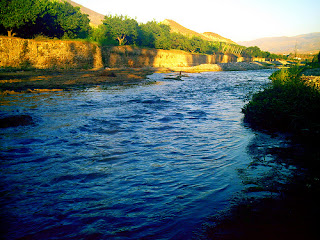INTRODUCTION
In the course of this portfolio by civil engineering students of fifth
semester we aim toinvestigate the different concepts and engineering fields,
looking for a complete workwhere the research was an important element to help
achieve good performance and the same, the aim of this work is to an important
space for everyone where we can clarify, enrich and seek solutions to many
unknowns as students and engineers will arise in the course of our lives, most
important is to study the different branches as future engineerscan choose to
contribute to the progress of our country without having clear whether this is
the way forward in our lives.
The various issues mentioned below as engineers seek to become conscious
in order to achieve good management of our water resources and construction of
structures such asbridges, roads, tunnels, hydraulic structures and steel
structures, etc.. Since it is thesethat help us to maintain the welfare of the
community and achieve goals that as engineerswe aim to achieve. It is worth
mentioning that civil engineering is one of the most complete and interesting
careers as it encompasses different specialties that are alwayspresent in the
search for a better life providing us with different opportunities.













